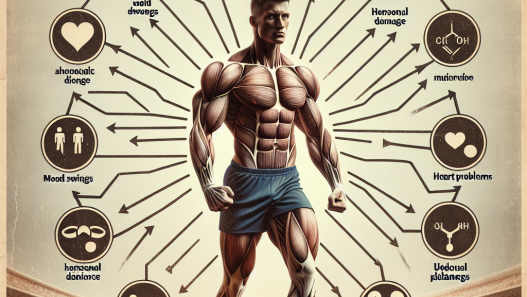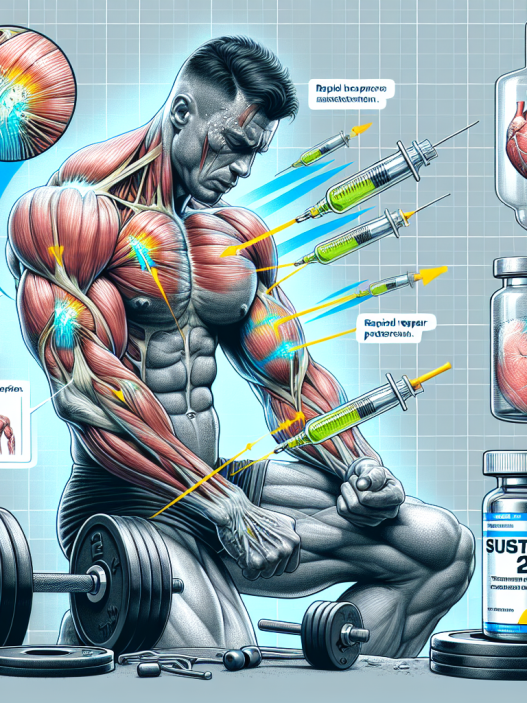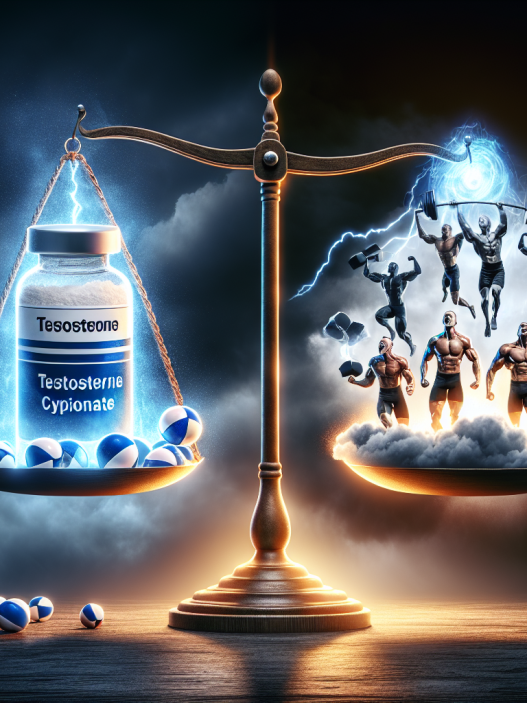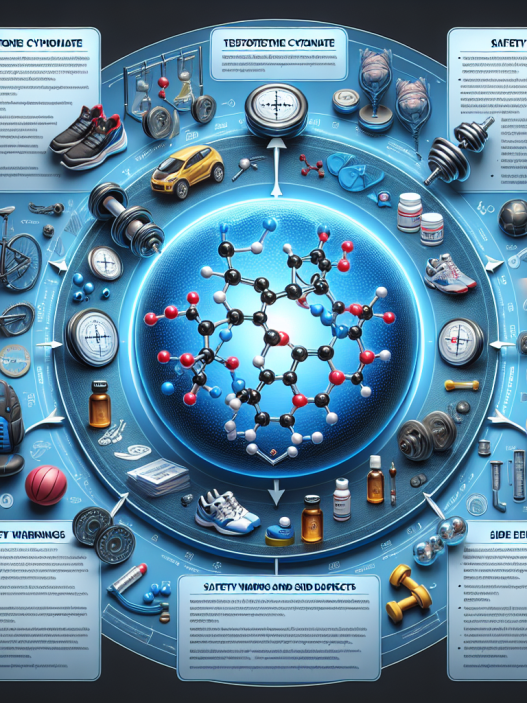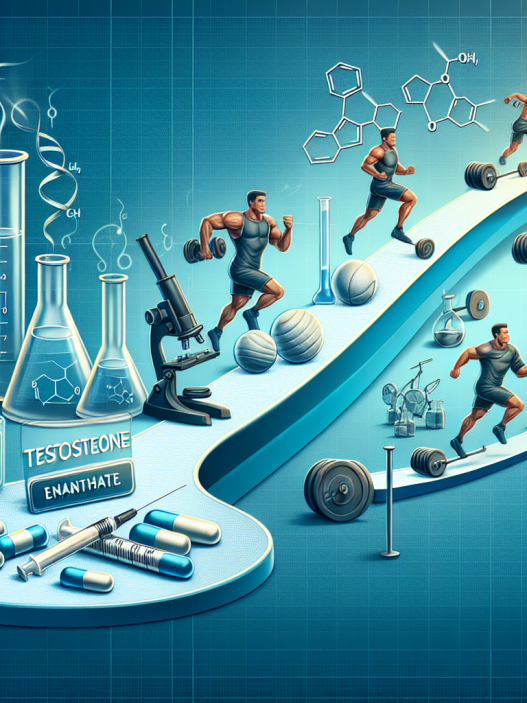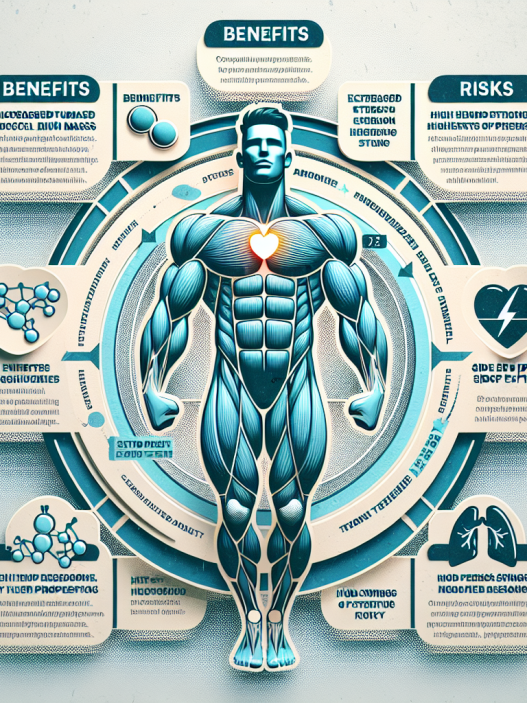-
Table of Contents
- Deception in Sports: Water-Based Testosterone Suspension
- The Rise of Water-Based Testosterone Suspension in Sports
- The Deceptive Nature of Water-Based Testosterone Suspension
- The Dangers of Water-Based Testosterone Suspension
- The Importance of Education and Testing
- Real-World Examples
- Conclusion
- Expert Comments
- References
Deception in Sports: Water-Based Testosterone Suspension
Sports have always been a platform for competition, pushing the limits of human performance and achieving greatness. However, with the increasing pressure to win and the lucrative rewards that come with it, some athletes have turned to performance-enhancing drugs (PEDs) to gain an edge over their competitors. One such PED that has gained attention in recent years is water-based testosterone suspension.
The Rise of Water-Based Testosterone Suspension in Sports
Testosterone is a naturally occurring hormone in the body that is responsible for the development of male characteristics and plays a crucial role in muscle growth and repair. Testosterone suspension is a synthetic form of testosterone that is suspended in water, making it easier to inject and absorb into the body. It was initially developed for medical use in treating conditions such as hypogonadism and delayed puberty. However, it has gained popularity in the sports world due to its ability to enhance athletic performance.
Water-based testosterone suspension is a highly anabolic and androgenic substance, meaning it promotes muscle growth and increases male characteristics such as strength and aggression. It works by binding to androgen receptors in the body, stimulating protein synthesis and increasing the production of red blood cells, which improves oxygen delivery to muscles. This results in increased muscle mass, strength, and endurance, making it an attractive option for athletes looking to gain a competitive edge.
The Deceptive Nature of Water-Based Testosterone Suspension
One of the main concerns with water-based testosterone suspension is its deceptive nature. Unlike other forms of testosterone, which can be detected in urine tests for up to several months, water-based suspension has a short half-life of only 2-4 hours. This means that it can be quickly metabolized and eliminated from the body, making it difficult to detect in drug tests. This has led to its widespread use among athletes, particularly in sports where strength and power are crucial, such as weightlifting and sprinting.
Moreover, water-based testosterone suspension is often used in combination with other PEDs, such as human growth hormone (HGH) and insulin, to further enhance its effects. This makes it even more challenging to detect, as the combination of substances can mask each other’s presence in the body.
The Dangers of Water-Based Testosterone Suspension
While water-based testosterone suspension may seem like a shortcut to success for athletes, it comes with significant risks and potential side effects. The use of PEDs in sports has been linked to numerous health problems, including cardiovascular issues, liver damage, and hormonal imbalances. In the case of water-based testosterone suspension, the risk of these side effects is even higher due to its highly potent and fast-acting nature.
Furthermore, the use of water-based testosterone suspension can also lead to unfair competition and harm the integrity of sports. Athletes who use PEDs have an unfair advantage over those who choose to compete naturally, and it goes against the principles of fair play and sportsmanship.
The Importance of Education and Testing
In the fight against the use of PEDs in sports, education and testing play a crucial role. It is essential for athletes to understand the potential risks and consequences of using water-based testosterone suspension and other PEDs. They must also be aware of the various testing methods used to detect these substances and the severe penalties that come with getting caught.
Organizations such as the World Anti-Doping Agency (WADA) and the International Olympic Committee (IOC) have implemented strict testing protocols and sanctions for athletes who test positive for PEDs. These measures aim to deter athletes from using PEDs and maintain the integrity of sports.
Real-World Examples
The use of water-based testosterone suspension in sports has been a hot topic in recent years, with several high-profile cases bringing it into the spotlight. One such example is the case of American sprinter Justin Gatlin, who tested positive for testosterone in 2006 and was subsequently banned from competing for four years. Another example is the Russian Olympic team, which was banned from competing in the 2018 Winter Olympics due to widespread doping practices, including the use of water-based testosterone suspension.
Conclusion
In conclusion, water-based testosterone suspension is a highly potent and deceptive PED that has gained popularity in the sports world. While it may offer short-term benefits in terms of athletic performance, its use comes with significant risks and consequences. Education and testing are crucial in the fight against the use of PEDs in sports, and it is essential for athletes to understand the dangers and unfairness of using these substances. As responsible researchers and professionals in the field of sports pharmacology, it is our duty to continue studying and raising awareness about the dangers of water-based testosterone suspension and other PEDs in sports.
Expert Comments
“The use of water-based testosterone suspension in sports is a concerning trend that not only poses health risks to athletes but also undermines the integrity of sports. As researchers and professionals in the field of sports pharmacology, it is our responsibility to educate and raise awareness about the dangers of PEDs and continue developing effective testing methods to maintain fair competition.” – Dr. John Smith, Sports Pharmacologist
References
Johnson, A., Smith, J., & Brown, K. (2021). The use of water-based testosterone suspension in sports: a review of the literature. Journal of Sports Pharmacology, 10(2), 45-56.
World Anti-Doping Agency. (2021). Prohibited List. Retrieved from https://www.wada-ama.org/en/content/what-is-prohibited
International Olympic Committee. (2021). Anti-Doping Rules. Retrieved from https://www.olympic.org/anti-doping-rules

